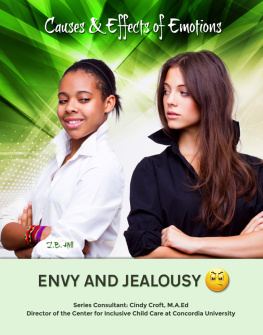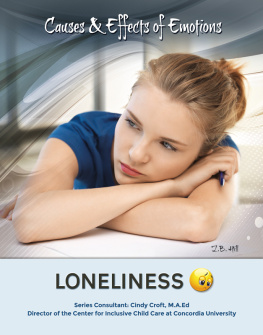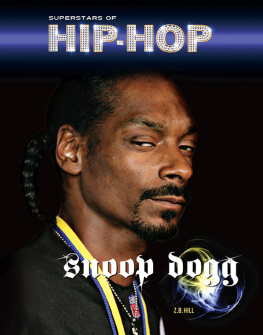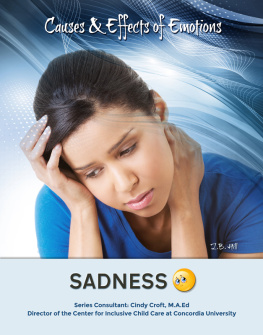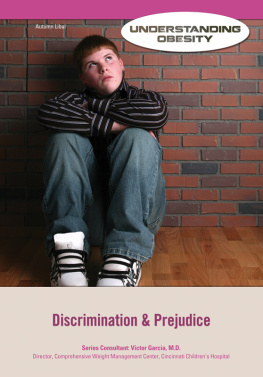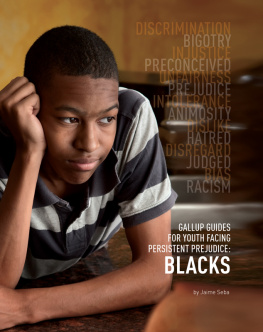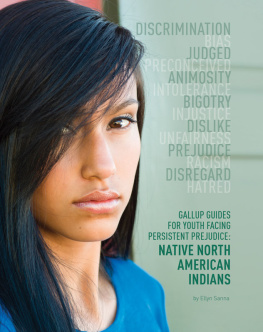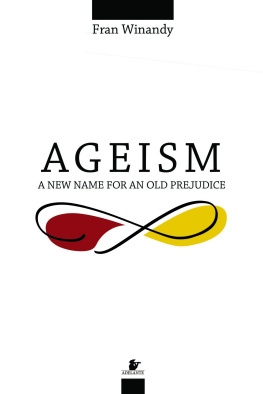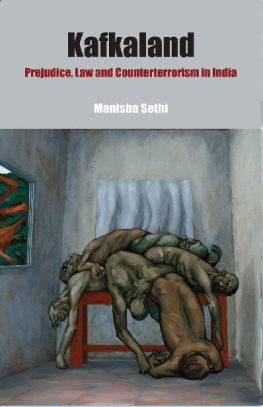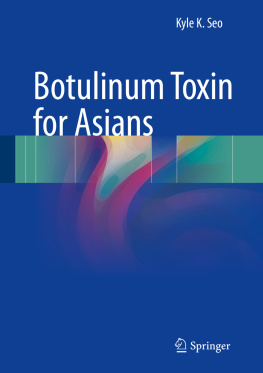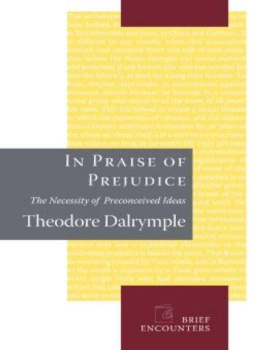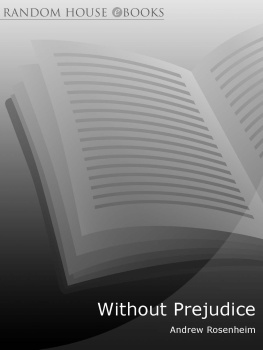G ALLUP G UIDES
FOR Y OUTH
F ACING P ERSISTENT
P REJUDICE
Asians
G ALLUP G UIDES FOR Y OUTH
F ACING P ERSISTENT P REJUDICE
Asians
Blacks
Hispanics
Jews
The LGBT Community
Muslims
Native North American Indians
People with Mental and Physical Challenges
G ALLUP G UIDES FOR Y OUTH F ACING P ERSISTENT P REJUDICE
Asians
Z.B. Hill

C ONTENTS

E ver since the first Asians arrived in North America, they have struggled against anti-Asian prejudice. Over the course of 200 years, in both Canada and the United States, Asians have been denied equal rights. They have faced and hostility. Theyve been imprisoned for no good reason, physically attacked, and even murdered.
W HAT I S P REJUDICE ?
The root word of prejudice is pre-judge. Prejudiced people often judge others based purely on their race, ethnic group, or religion; they make assumptions about others that may have no basis in reality. They believe that if your skin is a different color or you speak a different language or wear different clothes or worship God in a different way, then they already know you are not as smart, not as nice, not as honest, not as valuable, or not as moral as they are. Asians and Asian Americans have been the victims of prejudice for a long time in the United States.
Why do human beings experience prejudice? or inferior. If we get to know the strangers, of course, we end up discovering that theyre not so different from ourselves. Theyre not so frightening and threatening after all. But too often, we dont let that happen. We put up a wall between the strangers and ourselves. Were on the inside; theyre on the outside. And then we peer over the wall, too far away from the people on the other side to see anything but our differences. Thats what has often happened when Asians and non-Asians interacted in the United States.

Its a human tendency to be cautious of the person who is different.
And heres where another human tendency comes into play: stereotyping.
S TEREOTYPES
A stereotype is a fixed, commonly held idea or image of a person or group thats based on an , is one as well.
Many stereotypes tend to make us feel superior in some way to the person or group being stereotyped. Not all stereotypesare negative, however; some are positive-"black men are good at basketball, gay guys have good fashion sense, or Asian students are smart"-but that doesnt make them true. They ignore individuals uniqueness. They make assumptions that may or may not be accurate.
We cant help our human tendency to put people into categories. As babies, we faced a confusing world filled with an amazing variety of new things. We needed a way to make sense of it all, so one of our first steps in learning about the world around us was to sort things into separate slots in our heads: small furry things that said meow were kitties, while larger furry things that said arf-arfwere doggies; cars went vroom-vroom, but trains were longer and went choo-choo; little girls looked one way and little boys another; and doctors wore white coats, while police officers wore blue. These were our earliest stereotypes. They were a handy way to make sense of the world; they helped us know what to expect, so that each time we faced a new person or thing, we werent starting all over again from scratch.
High School Stereotypes
The average high school has its share of stereotypeslumping a certain kind of person together, ignoring all the ways that each person is unique. these stereotypes are often expressed with a single word or phrase: jock, nerd, goth, prep, or geek. the images these words call to mind are easily recognized and understood by others. But that doesnt mean theyre true!
Group Pressure
Why do people continue to believe stereotypes despite evidence that may not support them? Researchers have found that it may have something to do with group pressure. During one experiment, seven members of a group were asked to state that a short line is longer than a long line. About a third of the rest of the group agreed that the short line was longer, despite evidence to the contrary. Apparently, people conform to the beliefs of those around them in order to gain group acceptance.
But stereotypes become dangerous when we continue to hold onto our mental images despite new evidence. (For instance, as a child you may have decided that all dogs bite which means that when faced by friendly, harmless dogs, you assume theyre dangerous and so you miss out on getting to know all dogs.) Stereotypes are particularly dangerous and destructive when theyre directed at persons or groups of persons. Thats when they turn into prejudice.
There are several stereotypes aimed at Asian Americans. One is the model minority stereotype. People often think that all Asian Americans are well behaved, educated, and welloff. They dont contribute to crime, poverty, or other negative trends. Instead, they are the perfect sort of minority group. Besides assuming that all Asian Americans are the same, this stereotype ignores some of the problems that Asian American communities face, just like any other community.
Other Asian American stereotypes include thinking that all Asian Americans are smart, all Asian Americans are the same (for example, not realizing that Asian Americans come from a variety of different countries and backgrounds), and that all Asian Americans are weak and submissive.
R ACISM
Prejudice and racism go hand-in-hand. Prejudice is an attitude, a way of looking at the world. When it turns into action its called discrimination. Discrimination is when people are treated differently (and unfairly) because they belong to a particular group of people. Racism is a combination of the two. Its treating members of a certain race differently because you think theyre not as good, simply because they belong to that race. You might say that prejudice is the root of racism and discrimination is its branches and leaves.
Theres one other concept thats important to racism as well the belief that human beings can be divided into groups that are truly separate and different from one another. One group that we think of as a race are Asians. Scientists arent convinced, however, that we can really make these sorts of divisions.

People often notice differences rather than similaritieswhen actually, all humans are more alike than they are different
A lot of the time, racism is built on words that dont have firm definitions. Think about the word Asian. It covers a lot of different people. People in the United States and Canada might think of Chinese, Japanese, or Korean people when they hear the word Asian. Theyre thinking of people from Eastern Asia. But technically, the category of Asian also includes people from other parts of Asia, like the southeastern region. Vietnamese, Cambodians, Laotians, and others are all Asian. So are people from India. And then there are the fuzzy borders. Where does Asia end? Most of Russia is in Asia. Does that make Russians Asian? What about people from the Middle East? Middle Easterners might not look like other people we consider to be Asian, but they technically live in Asia. As you can see, its not so easy to define races!
Next page

